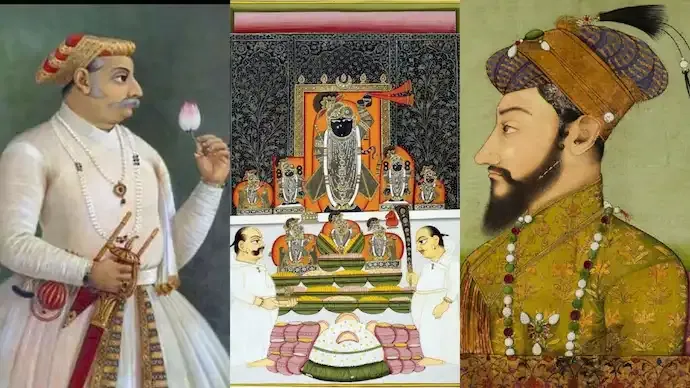Shopping cart
Your cart empty!
Terms of use dolor sit amet consectetur, adipisicing elit. Recusandae provident ullam aperiam quo ad non corrupti sit vel quam repellat ipsa quod sed, repellendus adipisci, ducimus ea modi odio assumenda.
Lorem ipsum dolor sit amet consectetur adipisicing elit. Sequi, cum esse possimus officiis amet ea voluptatibus libero! Dolorum assumenda esse, deserunt ipsum ad iusto! Praesentium error nobis tenetur at, quis nostrum facere excepturi architecto totam.
Lorem ipsum dolor sit amet consectetur adipisicing elit. Inventore, soluta alias eaque modi ipsum sint iusto fugiat vero velit rerum.
Sequi, cum esse possimus officiis amet ea voluptatibus libero! Dolorum assumenda esse, deserunt ipsum ad iusto! Praesentium error nobis tenetur at, quis nostrum facere excepturi architecto totam.
Lorem ipsum dolor sit amet consectetur adipisicing elit. Inventore, soluta alias eaque modi ipsum sint iusto fugiat vero velit rerum.
Dolor sit amet consectetur adipisicing elit. Sequi, cum esse possimus officiis amet ea voluptatibus libero! Dolorum assumenda esse, deserunt ipsum ad iusto! Praesentium error nobis tenetur at, quis nostrum facere excepturi architecto totam.
Lorem ipsum dolor sit amet consectetur adipisicing elit. Inventore, soluta alias eaque modi ipsum sint iusto fugiat vero velit rerum.
Sit amet consectetur adipisicing elit. Sequi, cum esse possimus officiis amet ea voluptatibus libero! Dolorum assumenda esse, deserunt ipsum ad iusto! Praesentium error nobis tenetur at, quis nostrum facere excepturi architecto totam.
Lorem ipsum dolor sit amet consectetur adipisicing elit. Inventore, soluta alias eaque modi ipsum sint iusto fugiat vero velit rerum.
Do you agree to our terms? Sign up

In 1671, Maharana Raj Singh of Mewar undertook one of the most courageous acts of Rajput history: protecting the idol of Shrinathji from Mughal iconoclasm. During Aurangzeb’s reign, a strict policy of temple destruction threatened sacred Vaishnava images in Mathura, Vrindavan, and Gokul. Among the idols at risk was Shrinathji, the child form of Lord Krishna, deeply revered by devotees for generations.
To safeguard the deity, Vaishnava followers secretly transported the idol through dangerous territory. After months of hiding, the idol finally reached Mewar, where Maharana Raj Singh vowed to provide 100,000 soldiers solely for its protection. By offering sanctuary to Shrinathji, the Maharana openly challenged Aurangzeb’s authority and affirmed Mewar’s autonomy and spiritual commitment.
“The idol was the only thing the Vaishnava followers could protect, and they did so by taking it and hiding it for a long time until it reached Mewar,” notes historian Meenakshi Jain.
In December 1671, the sacred procession entered Mewar. Maharana Raj Singh personally received the idol and devotees, escorting them safely into his domain. On March 10, 1672, the idol was formally installed at Ghaser, later renamed Nathdwara, establishing a permanent abode for Shrinathji. The Maharana also renewed grants and facilitated the construction of a new temple, ensuring the continued worship of the deity.
The rescue of Shrinathji was more than a religious act—it was a political statement. Aurangzeb, already intent on subduing Rajput resistance, launched multiple campaigns against Mewar, sending generals like Sadullah Khan with heavy artillery. However, Maharana Raj Singh, aided by the terrain knowledge of Rajputs and support from the Bhils, successfully resisted Mughal forces, employing strategies reminiscent of the guerrilla tactics of Maharana Pratap.
In 1679, when Aurangzeb reimposed the jizya tax on non-Muslims, many rulers complied silently. Raj Singh refused, sending envoys to assert Mewar’s independence. Despite repeated threats and letters from the emperor, he maintained sovereignty, demonstrating that faith and freedom were inseparable for his kingdom.
Maharana Raj Singh passed away on October 22, 1680, leaving behind a kingdom tested by decades of war but still free. Aurangzeb never succeeded in subduing Mewar, and the idol of Shrinathji remained protected, a testament to courage and devotion. Historian Sir Jadunath Sarkar observes:
“If Aurangzeb had understood men like Raj Singh, the Mughal Empire might have lasted longer. But intolerance cost him loyalty – and Hindustan paid the price.”
Over three centuries later, the hills of Nathdwara and Udaipur continue to echo the story of a Maharana who risked everything to defend faith, tradition, and his people.
22
Published: Oct 23, 2025